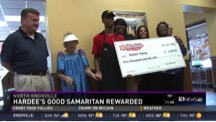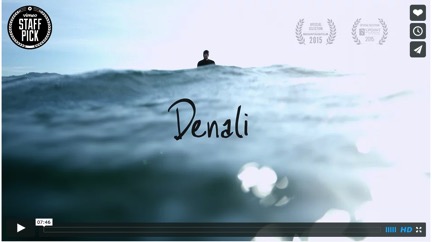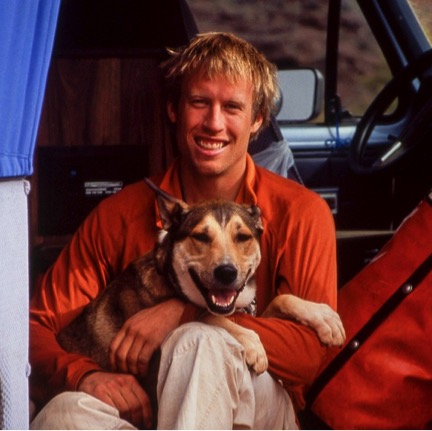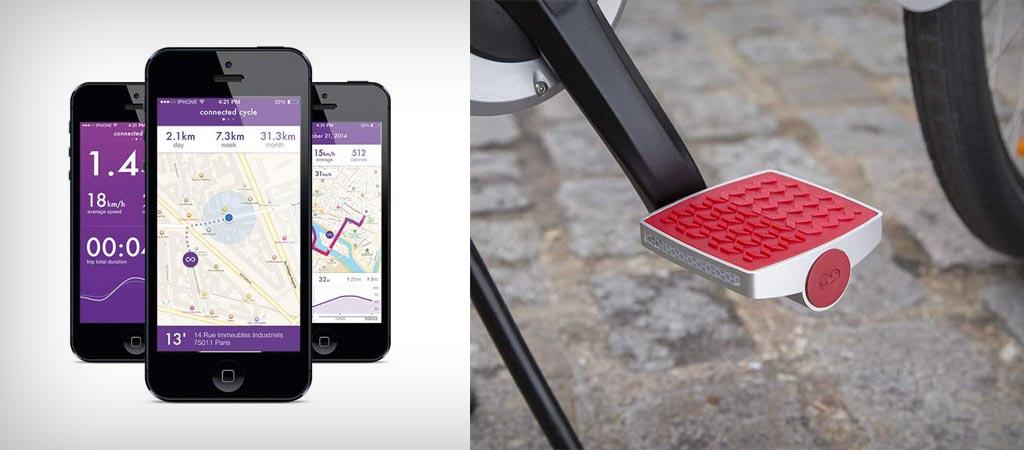Soccer is continuing to grow at a rapid pace in the United States. More than 25 million viewers saw the United States defeat Japan in the Women’s World Cup this past summer. There are more than four million registered players at all ages throughout the country. And Major League Soccer, the country’s biggest professional league, has expanded from 10 teams in 2004 to 20 this season.
That expansion will continue with Atlanta joining the league in 2017 and a new Los Angeles club joining the mix in 2018. Franchises in Miami and Minneapolis are also on the horizon. MLS Commissioner Don Garber even visited St. Louis earlier this year, although no expansion into the Gateway City is imminent.
Los Angeles is an interesting case, which is back in the spotlight this week. The new team officially announced that their name will be Los Angeles Football Club (LAFC), which was the placeholder name dating back to the team’s initial announcement last year. While many MLS clubs have American-style names such as the Chicago Fire, the Portland Timbers and the Los Angeles Galaxy, many of the expansion sides have opted for the more traditional soccer naming and branding, including Real Salt Lake, Toronto FC and New York City FC.
Interestingly enough, while the Galaxy was one of the ten founding MLS clubs when the league began in 1996, this is the first season LA has been back to one team. A previous LA-based team, Chivas USA, was formed in 2005 and ceased operations last year, paving the way for LAFC. Chivas USA, which was owned for a time by Chivas de Guadalajara in Mexico, failed primarily because it failed to attract a significant Hispanic audience, which was the club’s key target.
Now LAFC, despite being just under three years away from their first game, is hitting the ground running early on their marketing efforts.
Their key demographic: Millennials.
Already, the club is stating their intentions to distinguish the team from what’s already out there, according to Rich Orosco, the club’s head of marketing for culture and community:
“They don’t want to be talked at,” Orosco says of millennials who, studies show, are 16% more interested in soccer than any other U.S. demographic. “So from Day 1 that’s all we’re doing. We’re opening up a dialogue with this exact fan base: ‘Let’s talk about this.’
These insights are certainly important. And having a defined target audience is a critical part of any brand launch. However, there has already been some blowback on the organization for their approach. One Twitter feed is aimed directly at the club’s attempts to win over young fans.
The seed of this discontent probably comes from how terms like millennials (or hipsters for that matter) can be used to produce widespread misconceptions. Our Mary Sawyer looked closely at this disconnect in a post last month:
And as Mary says in that post:
“The key is to know your facts but to tailor your approach – no matter the age group – to accurately reflect opinions and behaviors to make your marketing relevant and meaningful.”
Whether LAFC will be a hit with the Angelino youths remains to be seen. Regardless, whether you’re discussing a soccer brand, a consumer product or a business-to-business message, having a targeted approach based on research and data is the best way to plan for success.
What are your thoughts on LAFC’s approach to building a soccer brand? Think they’re doing it the right way or are they casting too broad of a net? Let us know your thoughts!
[gl-hs-form form_id=’1863abe3-c1e4-43d0-a298-c7b132f8ce03′]





